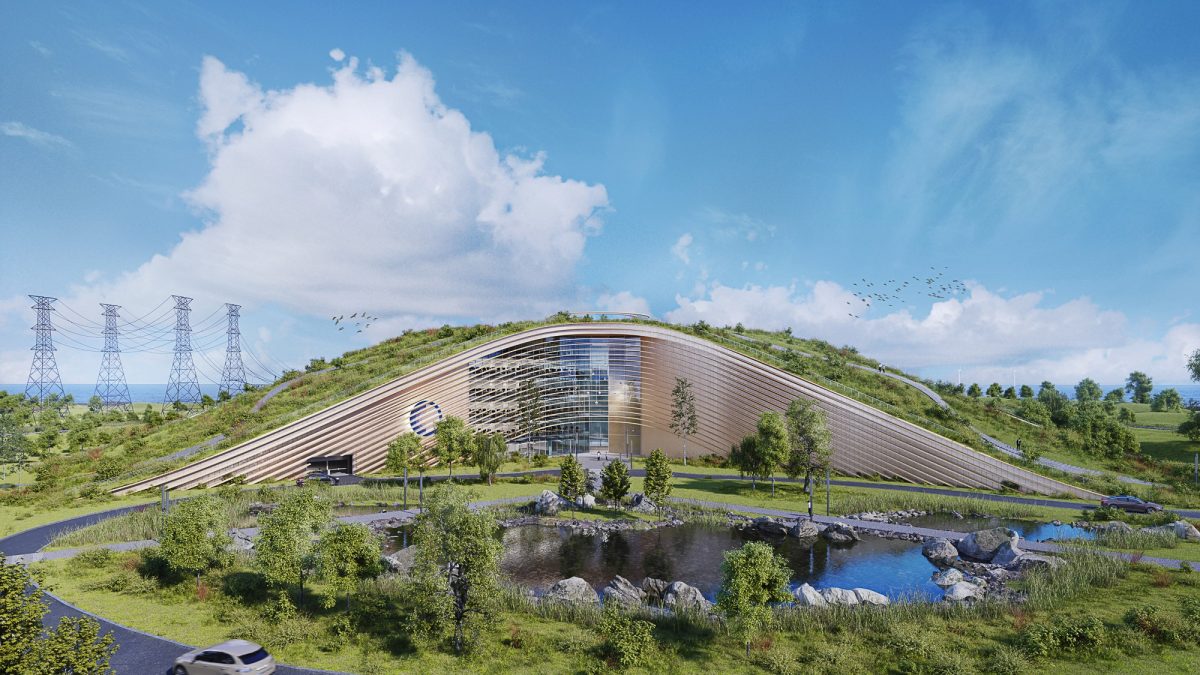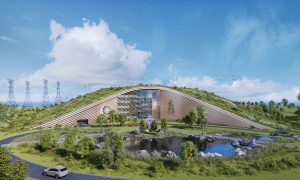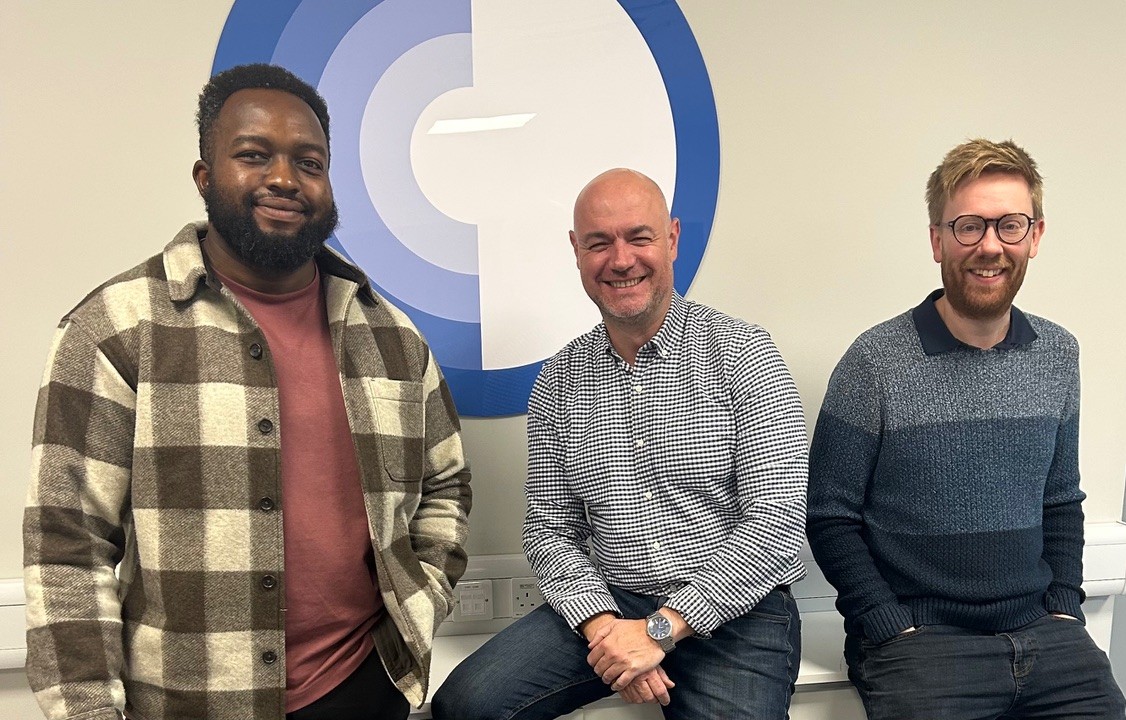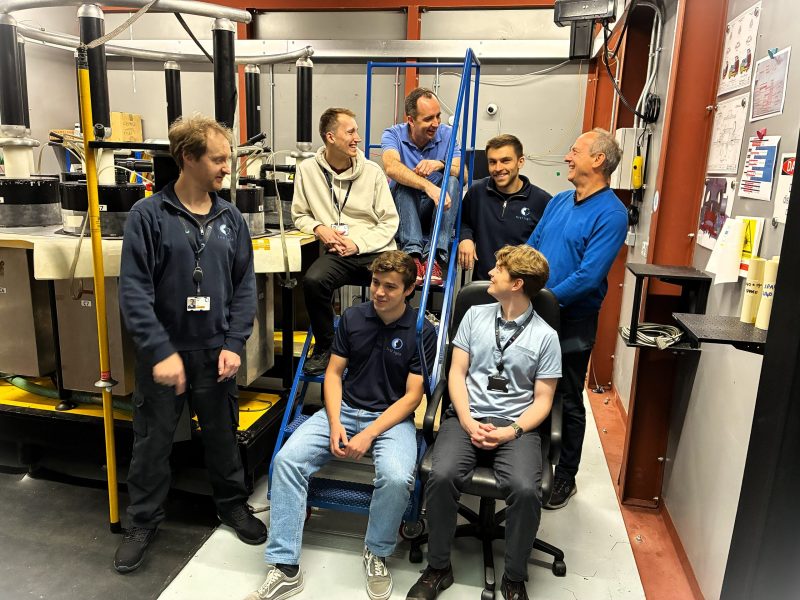- 60 MW pilot fusion power plant, c. $570 million capex, set to produce 2 kg of excess tritium per year
- Pilot plant designed to prove the integrated engineering for electricity generation and manufacture of tritium which will support faster roll-out of commercial fusion power
- First Light partnering with Canadian Nuclear Laboratories (CNL) to design a tritium extraction system
- First Light also working with IDOM on reactor chamber design
28thnNovember, Oxford, UK: First Light Fusion, the Oxford-based fusion pioneer, is today announcing a new technical partnership aimed at rapidly advancing towards a new pilot plant based on its unique projectile fusion technology, while addressing the need for tritium harvesting.
The proposed 60 MW pilot plant has been designed to:
- minimise the barriers to a first-of-a-kind (FOAK) commercial power plant, while reducing overall costs and engineering risk, and;
- accelerate the development of a secure supply of tritium, by enabling a revenue-generating pilot plant with less stringent engineering requirements.
Addressing the need for tritium
Central to the design of the pilot plant is the recognition of the need to address the requirement for new tritium production.
The need for tritium and deuterium for the fusion reaction is universal across all fusion technologies. Deuterium is both cheap and abundant, extracted from seawater. However, tritium exists naturally only in trace amounts in the upper atmosphere, the product of cosmic ray bombardment. Though nuclear reactors also produce tiny amounts, it is not generally “harvested”.
Tritium is far more valuable than electricity, priced at c. $30,000 per gram currently, making it the fourth most valuable[1] substance found on planet earth on a weight basis (after californium, plainite and diamond). The proposed 60 MW pilot plant which is expected to cost c. $570 million[2] to develop, will produce c. 2 KGs of excess tritium a year.
A number of fusion pioneers, including First Light’s projectile approach, include tritium breeding into their models. However, the challenge of tritium production has forced some fusion concepts to consider much more challenging fuels that avoid the use of tritium, significantly increasing the physics risk.
First Light’s “liquid lithium wall” approach, inside the reactor chamber where the fusion reaction will take place, gives it an inherent advantage in tritium production. The fusion reaction is surrounded by liquid lithium, allowing tritium self-sufficiency to be easily reached, and making it possible to design for excess tritium production.
First Light believes that by accelerating the development of a smaller pilot plant that also provides a steady tritium supply, this will stimulate the faster roll out of fusion power, and provide a shorter time frame between pilot plant and commercial fusion.
First Light has partnered with Canadian Nuclear Laboratories (CNL) for the preliminary design of a system capable of extracting tritium from the First Light reactor, as well as the development of tritium processing and storage options.
In addition to working with CNL, FLF is also working with Spanish engineering giant IDOM on the design of its fusion reactor chamber. This chamber will include the unique liquid lithium wall, which will absorb the neutrons caused by the reaction caused by the impact of the projectile into the target, or fuel. Click here to see our simulation.
Dr. Nick Hawker, Co-founder and CEO of First Light Fusion, said:
“Our pilot plant is designed to prove the integrated engineering for electricity generation and manufacture of tritium. We recognise the need to address the shortage of tritium. By accelerating our plan for a pilot plant, we are directly addressing this key barrier to the more widespread take up of fusion power, while also building an immediate and sizeable revenue stream into our business model. We are developing at pace now and look forward to sharing details of our gain experiment, Machine 4, very soon.”
Dr. Jeff Griffin, CNL’s Vice-President Science & Technology, said:
“As a national laboratory, CNL is uniquely positioned to work in collaboration with partners in the private sector to advance innovative concepts towards real-world use. First Light’s unique projectile approach to fusion energy creates a compelling route to achieving tritium production. We are proud to be working with First Light to develop a system that can address this challenge and to help accelerate the journey towards commercial fusion power.”




